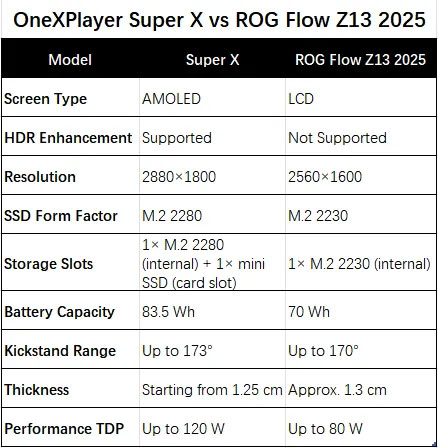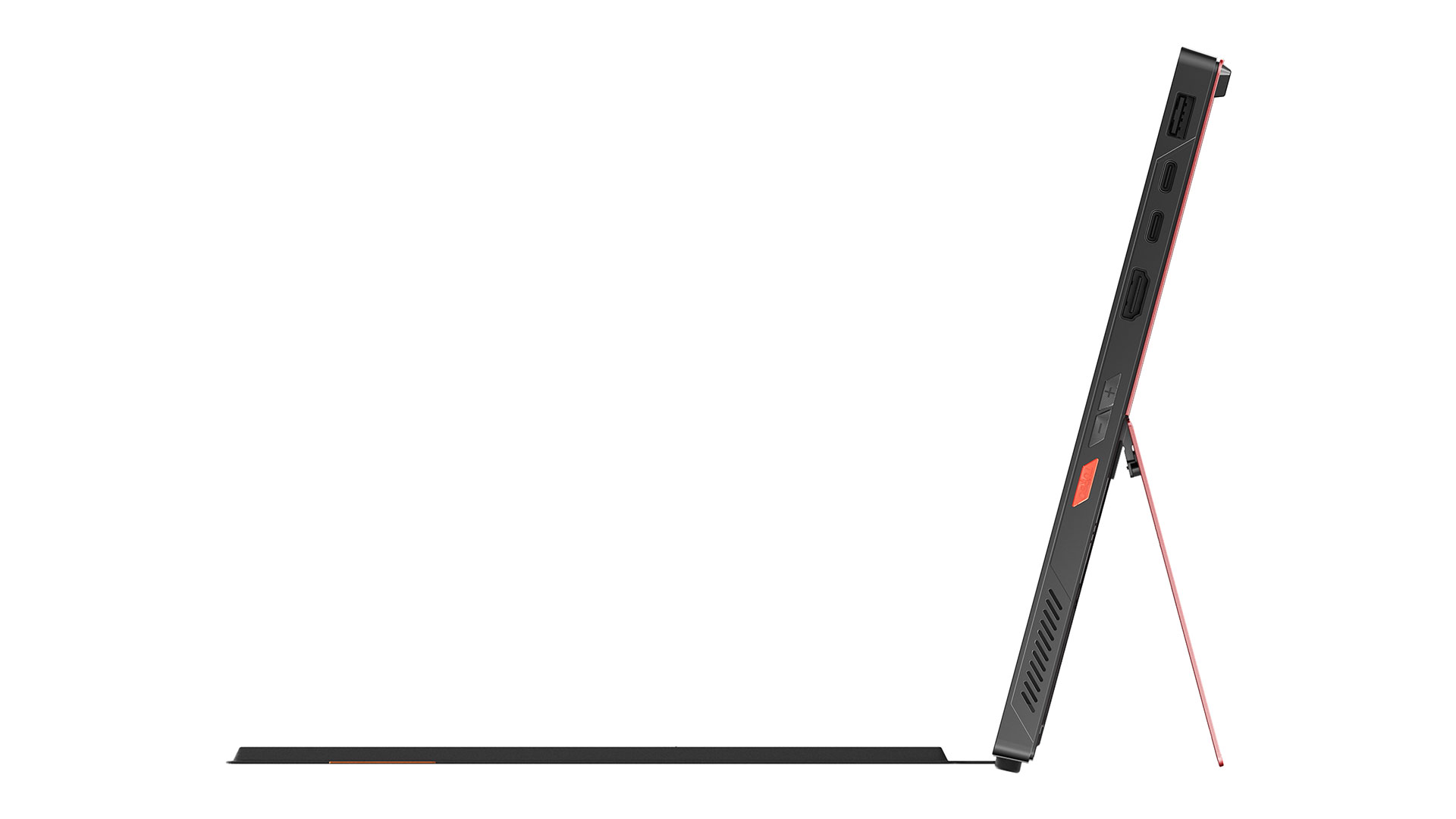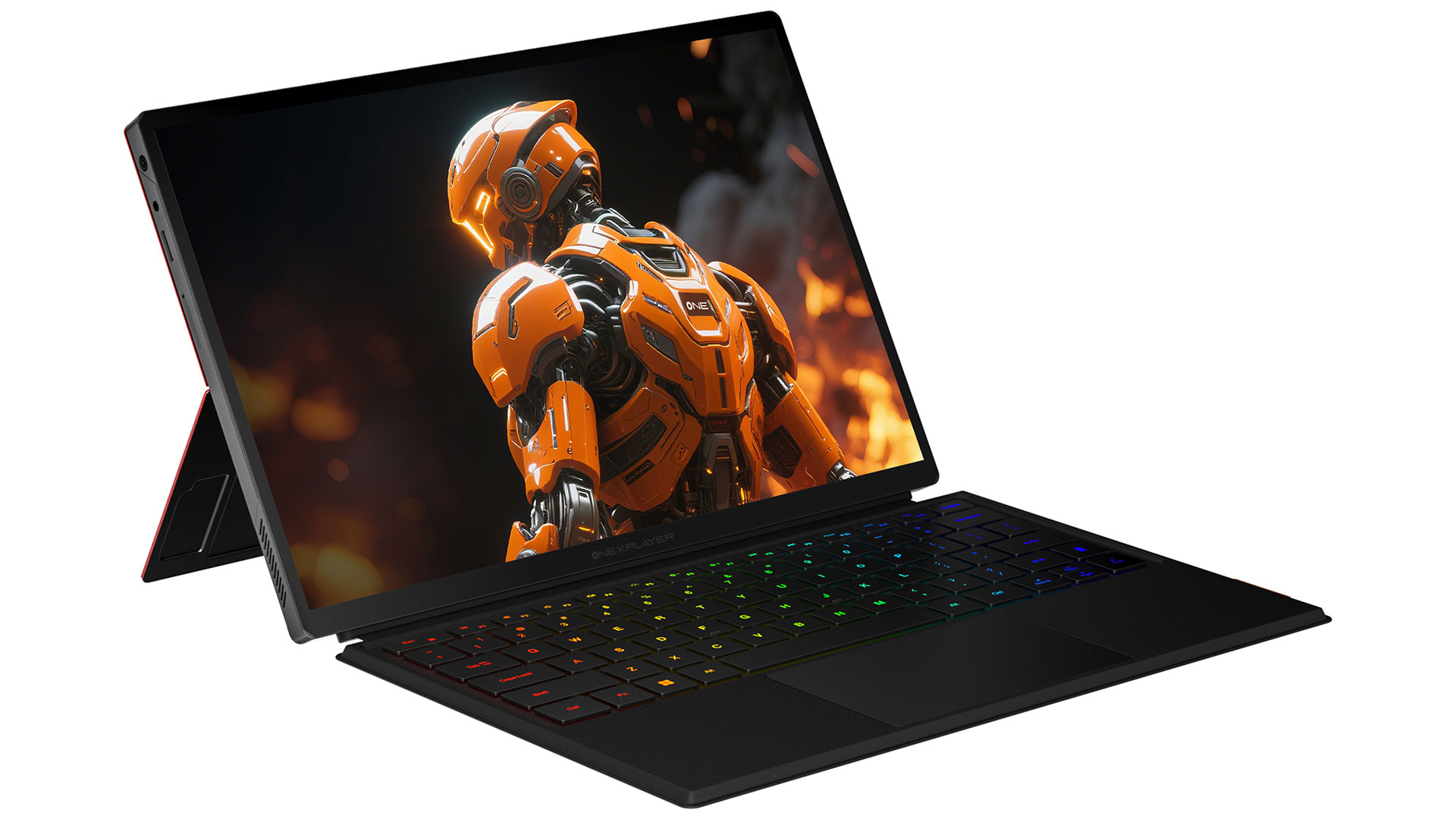
A new portable gaming PC, which features a 14-inch OLED display and AMD Ryzen AI Max+ 395 processor, is being teased by One-Netbook on social media. We got an email from the firm, best known for its handheld gaming PCs and eGPUs, sharing a few other tantalizing details of this Microsoft Surface-like 2-in-1 design, which it has dubbed the OneXPlayer Super X.
The above video shares only a meager amount of specifications, but One-Netbook tells us the headline specs are:
- AMD Ryzen AI Max+ 395 processor & Radeon 8060S graphics (which One-Netbook claims delivers “RTX 4060 Ti level” performance in this instance)
- 14-inch 2.8K AMOLED HDR display with 100% DCI-P3 & VRR
- Up to 128GB LPDDR5x RAM, dual SSD expansion, and 83.5Wh battery
- And there’s an XDNA 2 NPU onboard delivering 50+ TOPS for local LLM execution
Now well past the mid-point of 2025, the Ryzen AI Max+ 395 field is starting to become crowded, with all sorts of devices. However, there’s already a tablet packing this potent SoC, from PCs and components Goliath Asus. It is, therefore, natural to want to compare the upcoming OneXPlayer Super X with the established Asus ROG Flow Z13 2025. Thankfully, One-Netbook produced exactly such a comparison chart for its Discord followers, and you can check through it below.

One-Netbook has had plenty of time to prepare a solid ROG Flow Z13 competitor, and according to this table, it can beat the Asus machine by every important metric. Probably the most pleasing ways it seems to outclass the Asus are in its screen, expandability, and battery capacity. However, it also boasts an impressive 50% greater TDP. On paper, of course.



Despite this quite extensive tease, there are some important questions about the OneXPlayer Super X remaining. One of the first things people usually ask when they see or hear of a new Ryzen AI Max+ 395 device is 'how much?' Usually asked with some trepidation, if not exasperation.
Hopefully, One Netbook can trot this 2-in-1 out with competitive prices for its various RAM/storage configurations. Also, we’d like to know when it will launch and become available to customers. Last but not least, the AMD Strix Halo SoC at 120W - in a thin (12.5mm) profile - will have to be tested with beady eyes on heat, noise, and performance.
Follow Tom's Hardware on Google News to get our up-to-date news, analysis, and reviews in your feeds. Make sure to click the Follow button.







